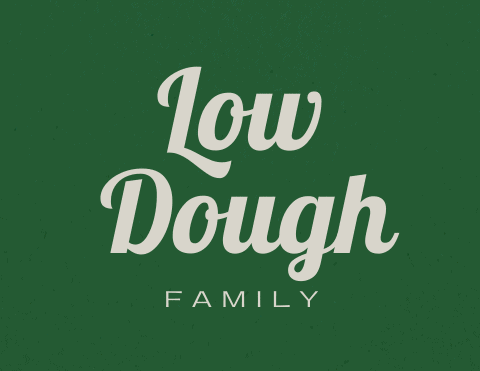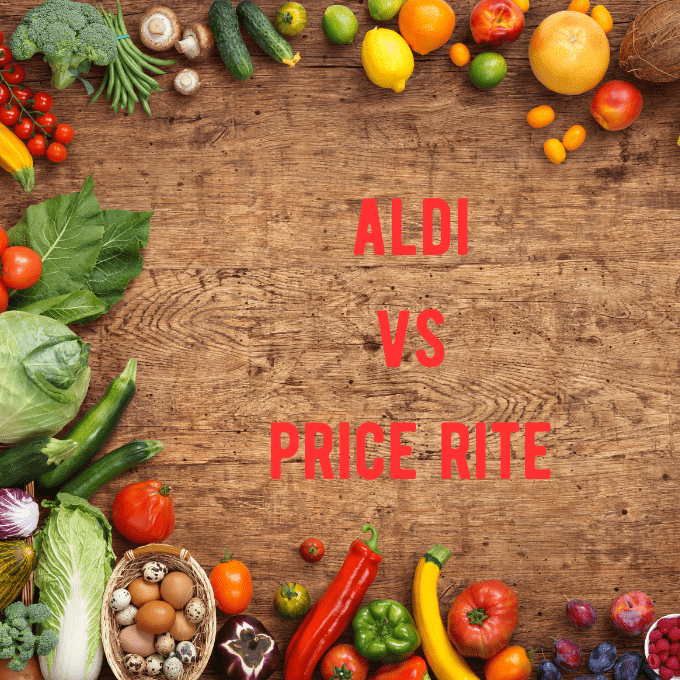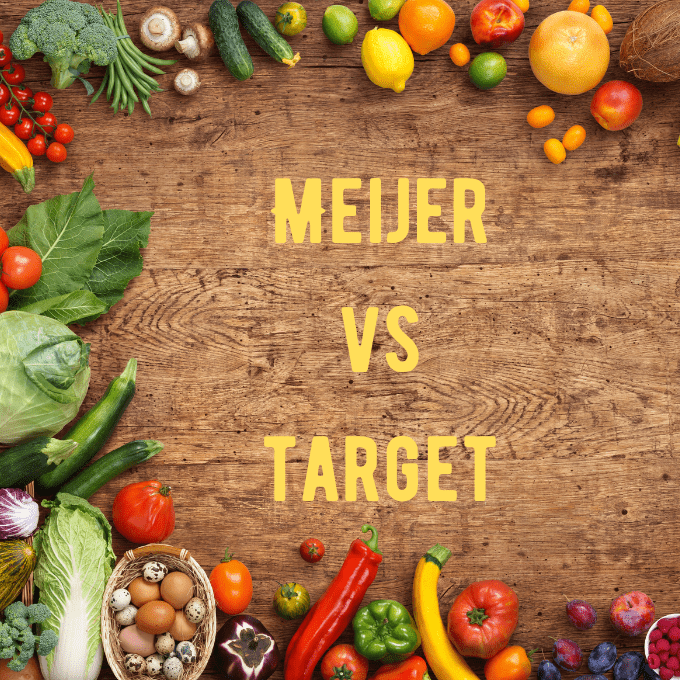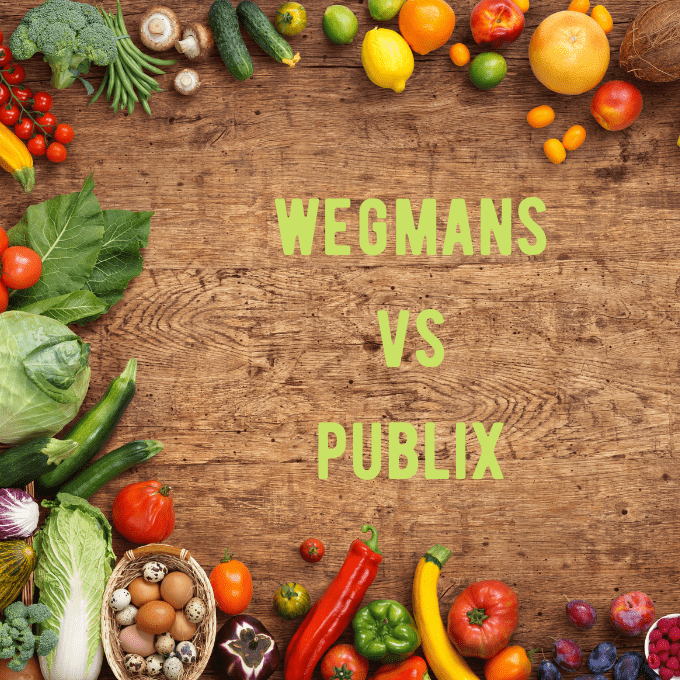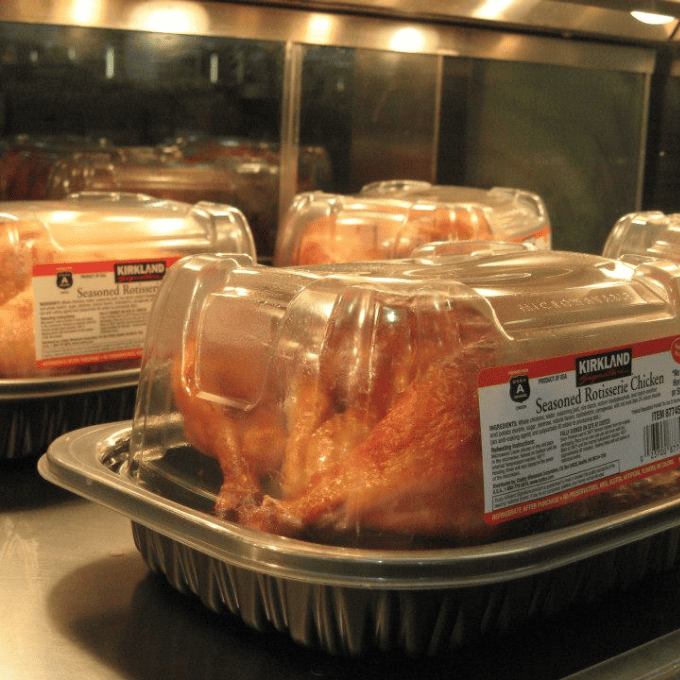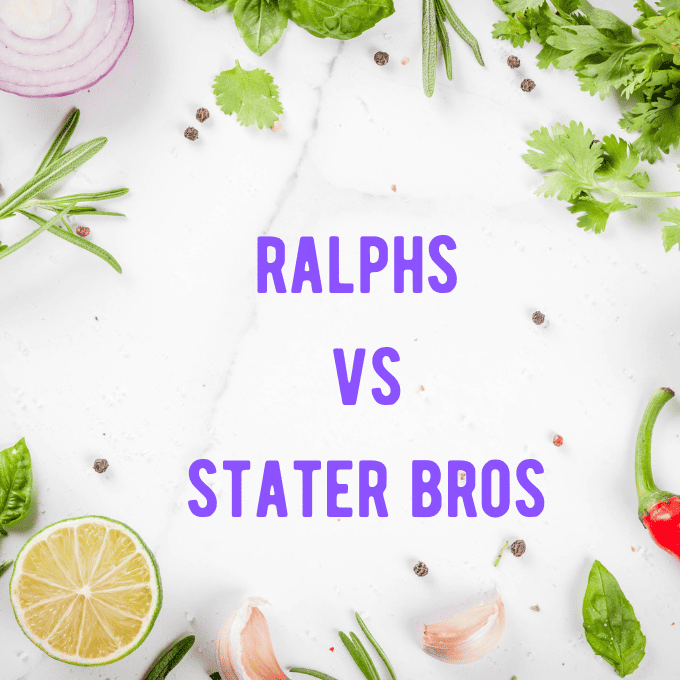Is it cheaper to make your own frozen vegetables?
As prices skyrocket in the grocery store, I am always looking for ways to save money on vegetables, meat, and fruits. This year the price of vegetables seems to have doubled and show no signs of going back down any time soon.
Summertime is normally when you have a lot of seasonal produce to choose from and it is typically at its lowest price. Unfortunately, this year’s prices are way higher than previous years.
This makes me wonder if it is worth the time and cheaper to make my own frozen vegetables. Let’s take a look at the math to see if this is a viable way to save money.
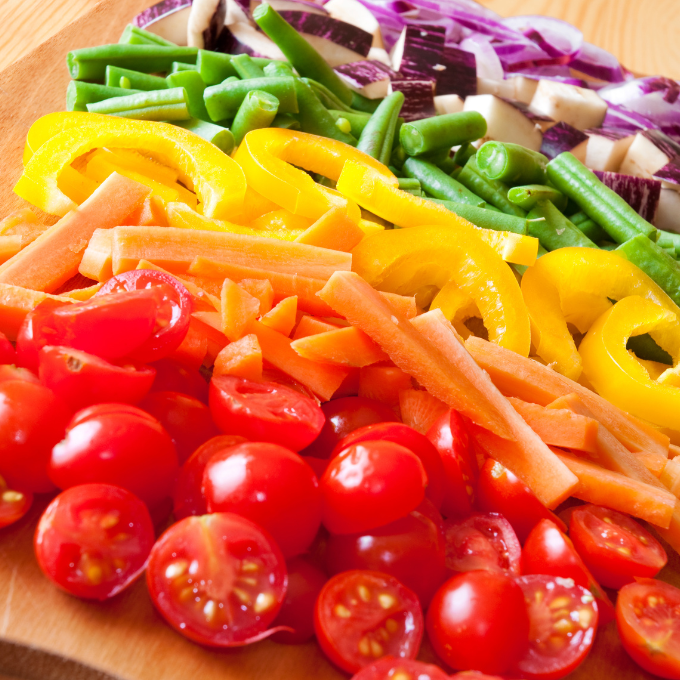
Why are frozen veggies cheaper?
One of the most popular frozen vegetables is broccoli, so let’s start there and see what the price difference is and why the difference exists.
| Type of Broccoli | Price | Cost per Oz |
| Broccoli Crown (fresh) | $1.87 per pound | $0.12 per oz |
| Broccoli Florets (fresh) | $2.78 (12oz bag) | $0.23 per oz |
| Great Value Frozen broccoli florets | $0.98 (12oz bag) | $0.08 per oz |
| Great Value Frozen broccoli cuts | $0.84 (12oz bag) | $0.07 per oz |
When a farmer grows broccoli, they have a very short window of time from when they pick the broccoli to the time it is displayed in the grocery store. In order for the produce to look good and be available for consumers, a farmer has to work very quickly to get their crop to market.
On the other hand, when a farmer has his crops sent to a frozen processing plant, he can pick the broccoli at its peak and send it straight to processing. It’s going to one place and it’s getting there very quickly.
Fresh produce also degrades as it is shipped from the farm to different warehouse and eventually stores. Along the journey there is some waste due to produce going bad or being damaged. It is estimated that 30-40% of all food in the supply chain gets wasted.
When the crop is frozen it has very little waste and loss. This means more of the crop gets frozen and put on shelves to be sold, so it is cheaper than the fresh produce side.
As you can see, frozen broccoli comes in two different styles. One is just the top of the broccoli called florets and the other is broccoli cuts that include florets and the stalk. All of the vegetable is used so there is very little that is wasted.
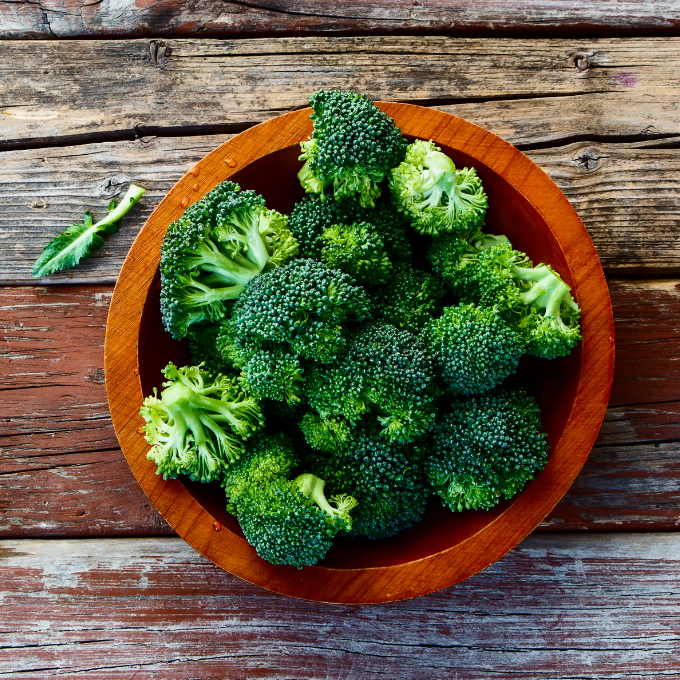
Is it cheaper to freeze your own vegetables?
Like I mentioned before, summertime is the cheapest time to buy fresh vegetables. It’s also a great time for harvesting anything you grow in the garden.
I have been picking up some nice deals on vegetables at my local grocery stores and for great prices too. Before grocery stores throw out vegetables, they sometimes mark them down for a last-minute quick sale.
This is when I zoom in and scoop up the deals. Usually this happens early in the mornings and especially on Mondays. For more information about the best time to shop for deals, check out “When you Grocery Shop Matters!“
I was able to snag a pack of 5 zucchini for $1.19 and about a pound of asparagus for $1.00. These are amazing prices compared to the normal retail prices of about $1.49 a pound for zucchini and $2.98 a bunch for asparagus.
We ended up cooking about half of each vegetable, and then we froze the rest. So, in the upcoming months, we will have ready to cook asparagus and zucchini.
Freezing your own vegetables is another way to reduce food waste. If you notice that you are not going to use or cook vegetables in your fridge before they go bad, then save them by freezing the vegetables instead of throwing them in the trash!
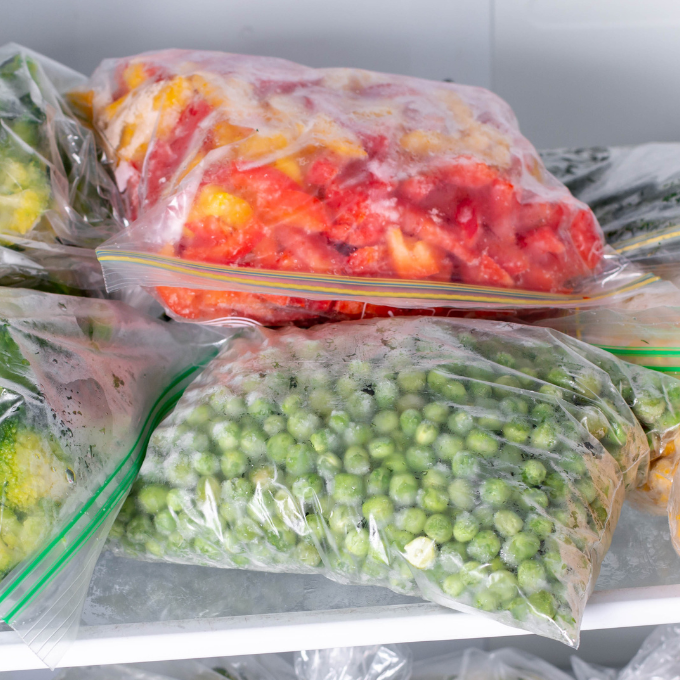
What vegetables can you not freeze?
Almost every vegetable can be frozen to use later. Most just require you to clean them and slice them, but some work better if you blanch them first.
For instance, if you want to freeze broccoli you would put them in boiling water for a few minutes until they turn bright green, then immediately submerge them in ice water to stop the cooking.
I then drain them in a colander and let them dry on a towel for a few minutes. I am a huge fan of laying a piece of parchment on a sheet pan, then arranging my vegetables on the pan. Put the pan in the freezer for a few hours to let the vegetables freeze, and them take the pan out.
I then will put the vegetables in a Ziploc freezer bag or a vacuum sealed bag. Make sure to date and label the bag so you can use your oldest stock first.
So far the only vegetables I have found that do not work well for freezing is leafy greens like romaine lettuce. There is no way to keep their original texture when it is defrosted.
Some people will say that you can’t freeze the following vegetables, but I have had great success:
- Celery – I dice it up and use the frozen celery later for soups, stocks, and stews. I also freeze the leafy top to use as seasoning for stocks. I keep the leafy parts whole in the freezer and just give it a rough chop when I am ready to use it.
- Cabbage – Another great frozen vegetable that we use regularly in soups. I cut raw cabbage into about 1–2-inch strips and freeze in a Ziploc bag. Then I can add a handful at a time to any soup or stews I am making.
- Green Peppers – This is another garden harvest vegetable that we will end up with a ton of in a short amount of time. I go ahead and dice it up and freeze it. Then whenever I am making a dish that I want to add some color and pepper to I just use some from the freezer.
- Potatoes– these require a little bit more work than the others, but after blanching potatoes they can easily be frozen. Making your own French fries are an option too, and there are tons of great YouTube videos to show how to do this. You can even prepare mashed potatoes ahead of time and freeze individual portions to be used later!
- Whole Tomatoes– After a good washing, you can freeze whole tomatoes to be used later for making tomato sauce in the crockpot. So easy and convenient to pull from the freezer and plop them in the crockpot with seasonings.
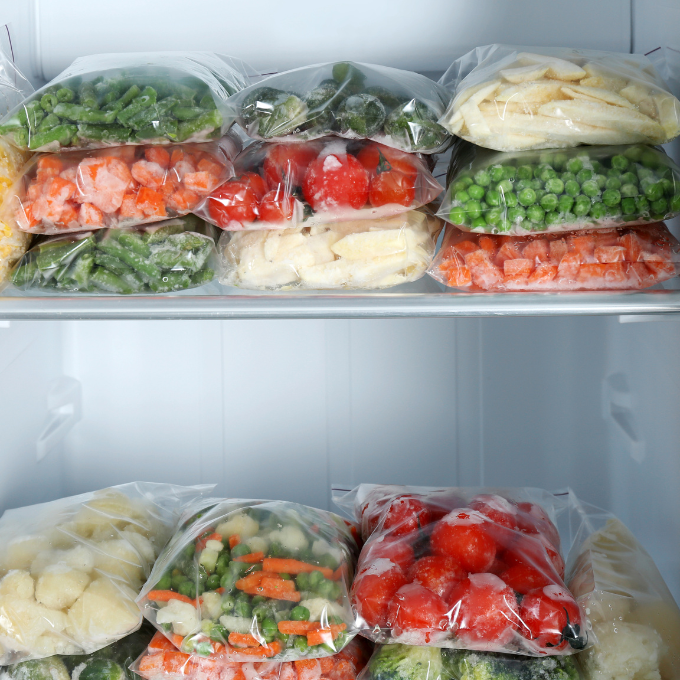
Is it better to freeze vegetables yourself or buy it already frozen?
If you can get a great deal on vegetables or harvest them yourself, then you can save a lot of money by freezing at home.
If you are shopping for vegetables and the fresh produce section is priced way too high, then my next stop is always the frozen aisle.
The produce section variety is greatly depending on the season that you are in, but the freezer section has no seasonal changes. Most frozen vegetables are available all year round.
In the winter when fresh produce is at its highest price, I will almost exclusively buy frozen vegetables to save money.
There are very little extra preservatives like salt in frozen vegetables (unless it includes a sauce), so frozen vegetables are just as healthy and have the same nutritional value as the fresh version.
Frozen vegetables are super easy to cook with too because in most cases the prep work like dicing and chopping has already been done. Most of our frozen veggies can be put in a steamer, microwaved, or added directly to dishes that we are already cooking.
The trick to saving money on frozen vegetables, is to find fresh produce at amazing deals. I love going to the “ugly basket” at most Kroger stores just to see if I can score some deals.
If you look around your produce section, you may notice a section of clearance vegetables too. We’ve picked up bananas, avocados, pineapples, corn, green peppers, and really almost any vegetable in season at amazing deals.
With a little prep work, these deals can not only be used within a few days but can be frozen to be used for the months ahead!
To check out more DIY options for saving money on food, check out “Is it more cost effective to buy a whole chicken?” and “Is it cheaper to make your own Half and Half?“
